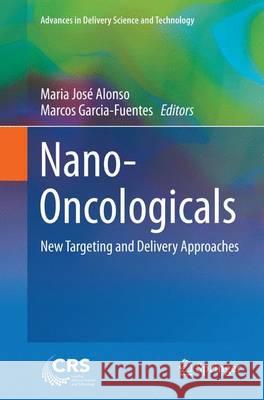Nano-Oncologicals: New Targeting and Delivery Approaches » książka
topmenu
Nano-Oncologicals: New Targeting and Delivery Approaches
ISBN-13: 9783319344850 / Angielski / Miękka / 2016 / 473 str.
Kategorie:
Kategorie BISAC:
Wydawca:
Springer
Seria wydawnicza:
Język:
Angielski
ISBN-13:
9783319344850
Rok wydania:
2016
Wydanie:
Softcover Repri
Numer serii:
000420922
Ilość stron:
473
Waga:
0.68 kg
Wymiary:
15.5 x 23.4 x 2.2
Oprawa:
Miękka
Wolumenów:
01











